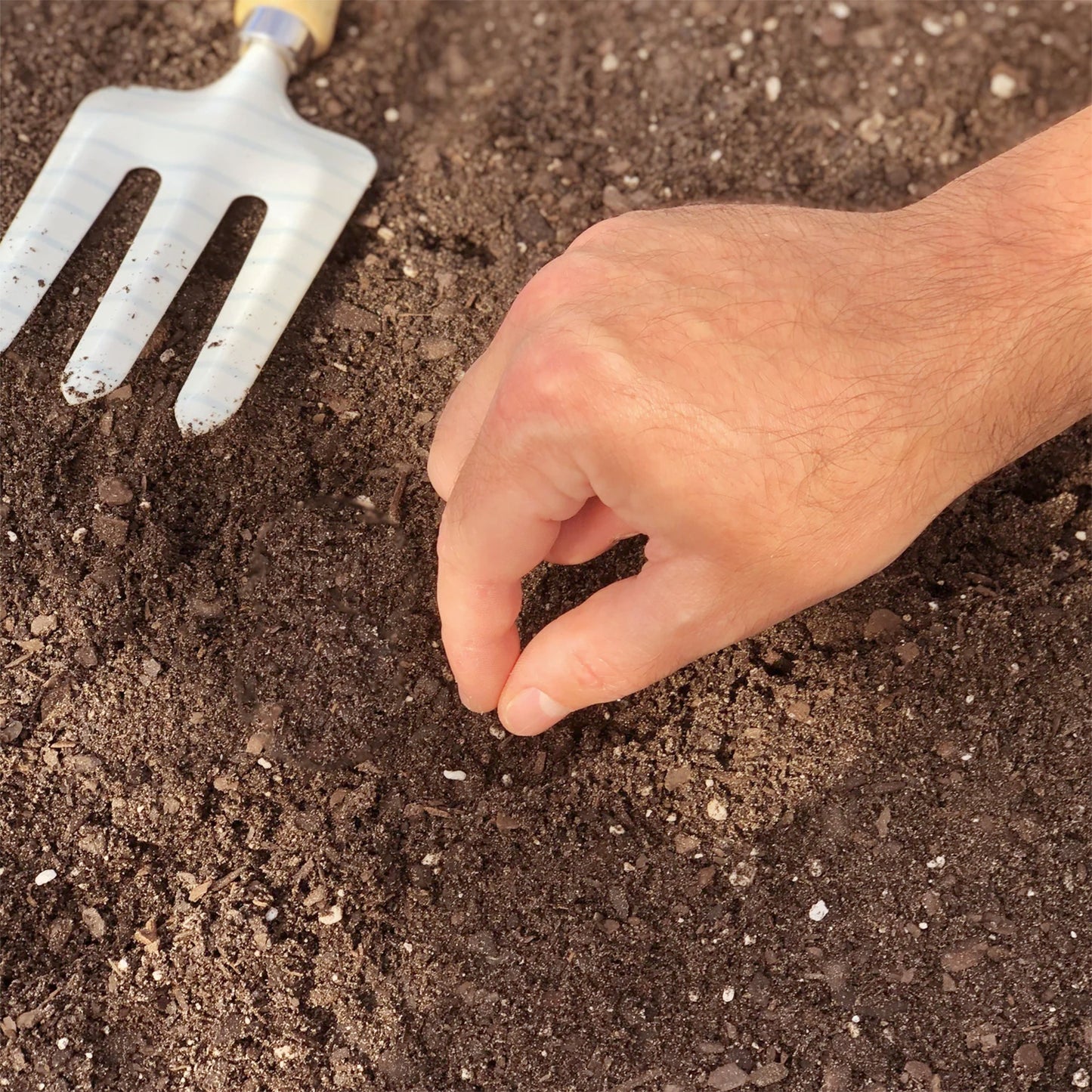Free Shipping On Orders $60+. View Offers >




You may also like

Join our rewards program today to start saving!

Free Shipping on orders over $35

There are a ton of ways to earn!

Due to the unplanned Canada Post strike, deliveries may be impacted. Orders placed within the last 3-5 days are currently held in queue at Canada Post facilities.
In the meantime, we are working diligently to set up an alternative carrier, such as Purolator, to ensure continued delivery during this period of uncertainty. We have adjusted our shipping costs to reflect these changes.
Please note that Purolator does not deliver directly to rural addresses; in these cases, packages will be redirected to the nearest Purolator shipping agent or facility for customer pickup.
We sincerely apologize for any inconvenience this may cause and greatly appreciate your patience and understanding as we work through these logistics.
Thank you for your support.







